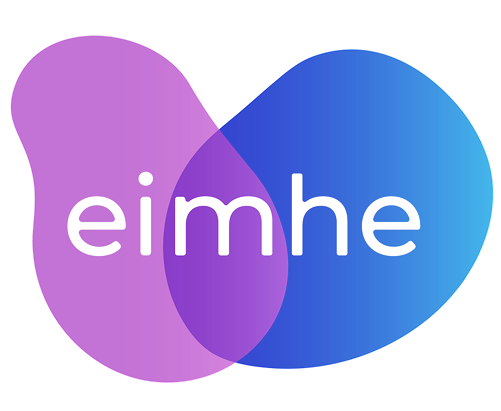Our Services
Design seamless experiences across every touchpoint
We help you understand and serve your customers at every step of their journey. Through research, journey mapping, and user testing, we uncover what matters most, then design experiences that are intuitive, consistent, and impactful. By reducing friction and elevating usability, we build lasting relationships that drive both loyalty and growth.
Empower your team with expert guidance and training
We support growth through hands-on advisory and tailored training. From guiding strategic decisions at the leadership table to leveling up design and research teams, our experts deliver real-world insight and practical frameworks. The result: stronger teams, smarter decisions, and better outcomes—now and into the future.
Reimagine digital with human-centered strategy
We help organizations transform their digital capabilities through strategy, design, and experimentation. By grounding every solution in real user needs, we streamline workflows, enhance experiences, and unlock measurable business value. The result is intuitive digital systems that serve people, and scale with you.
Design a culture of continuous innovation
At DFFRNT, we help organizations build innovation into their DNA. Using design thinking and cross-functional collaboration, we empower teams to challenge assumptions, reimagine what's possible, and embed a mindset of experimentation. The result? A resilient culture that adapts, evolves, and leads in an ever-changing market.


.jpg)
.jpg)





